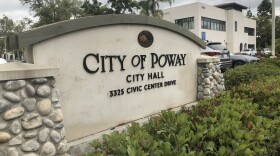Historically, Texas has been a Republican anchor in national elections. With 38 electoral votes, it is the second-largest state in the Electoral College. Democrats have the largest, California (55). And some believe, next election, they may have Texas as well.
The race we are watching this election is the 23rd Congressional District of Texas. It is one of the largest districts in the nation. Running along 800 miles of the U.S.-Mexico border, the 23rd is larger geographically than Rhode Island, Connecticut and Delaware combined. It is a battleground of newly gerrymandered political lines and fierce politics. It’s also a toss-up between two Latinos. Many are looking at this huge district as a crystal ball into the future of Texas politics.
On Politico, Gilberto Hinojosa, the first Hispanic Chair of the Texas Democratic Party, and Eva Longoria, actress and Latino activist, argue next year the Lone Star state will turn into a swing state. Here’s how they break it down:
The belief that Texas will remain Republican has been a self-fulfilling prophecy. The belief that we’re a state comprised of a tea party-sympathetic majority has distracted from what the actual numbers show.
Take that 30 percent Hispanic eligible voter population and add it to our 12 percent African-American eligible voter population. Combine that 42 percent with our large numbers of rural populists, progressive white, LGBT and youth voters — all of whom also skew Democratic, and the so-called minorities become a collective majority. That’s Bill Clinton-style arithmetic.






